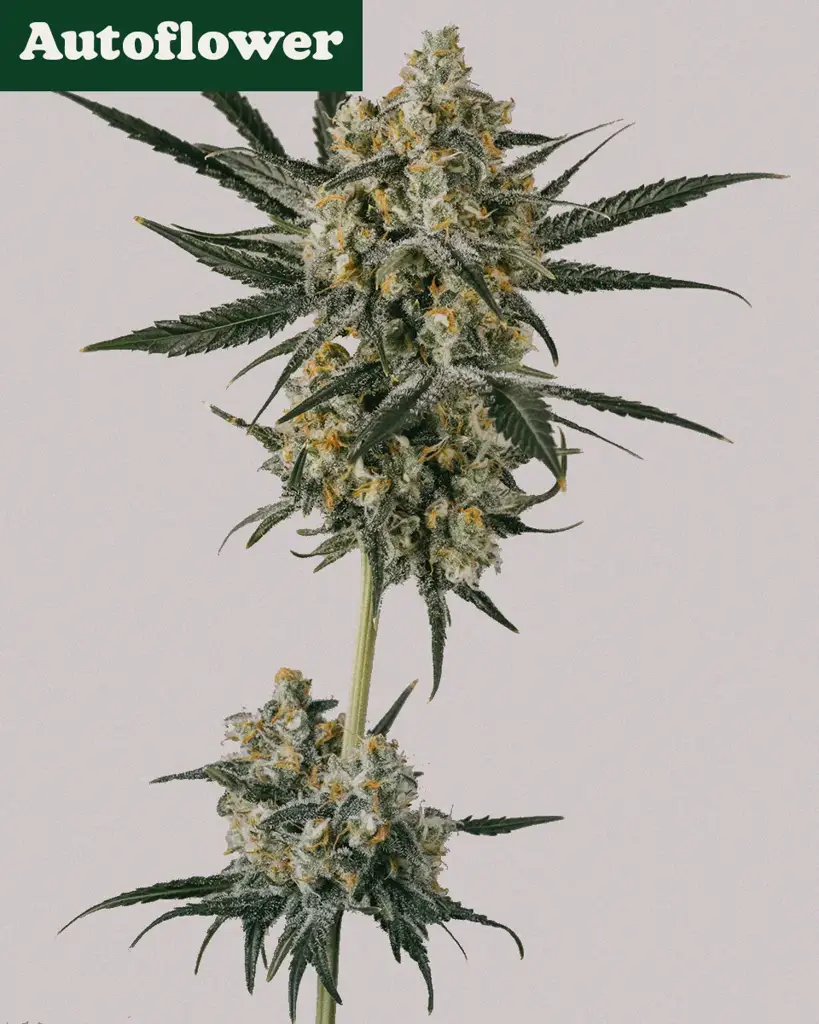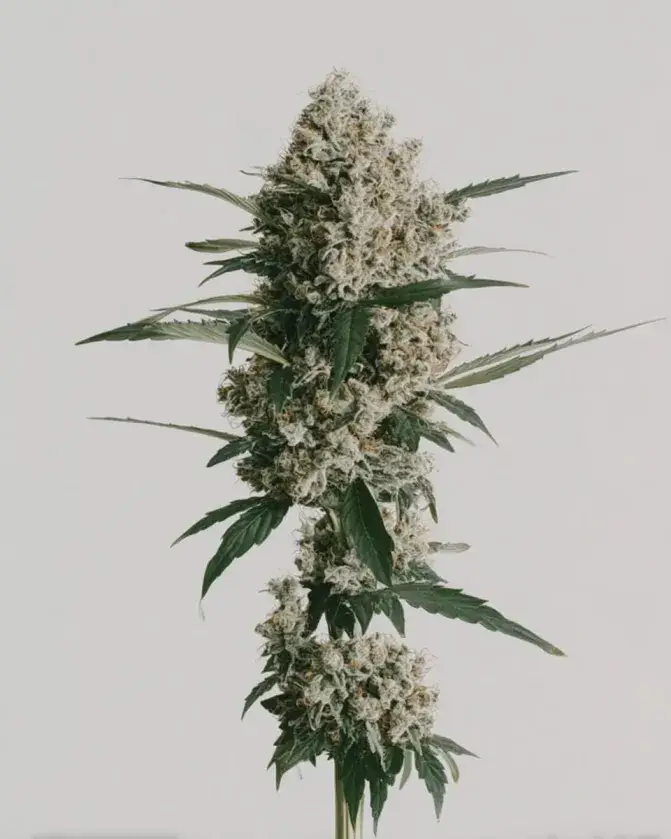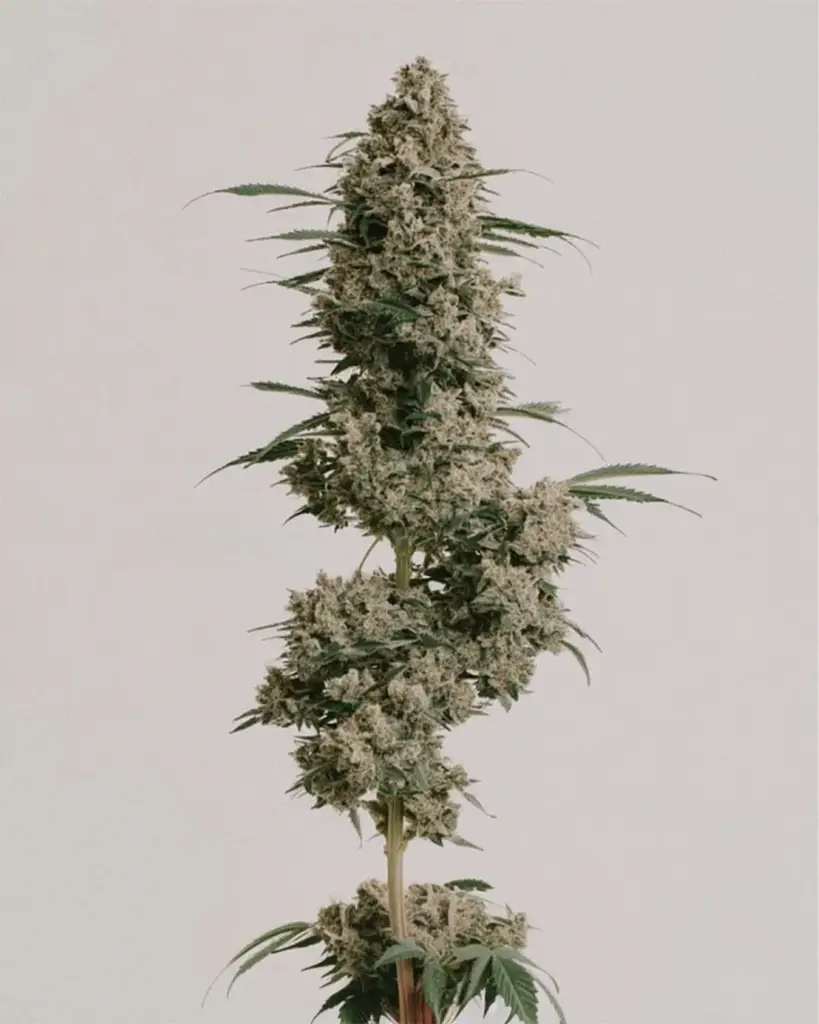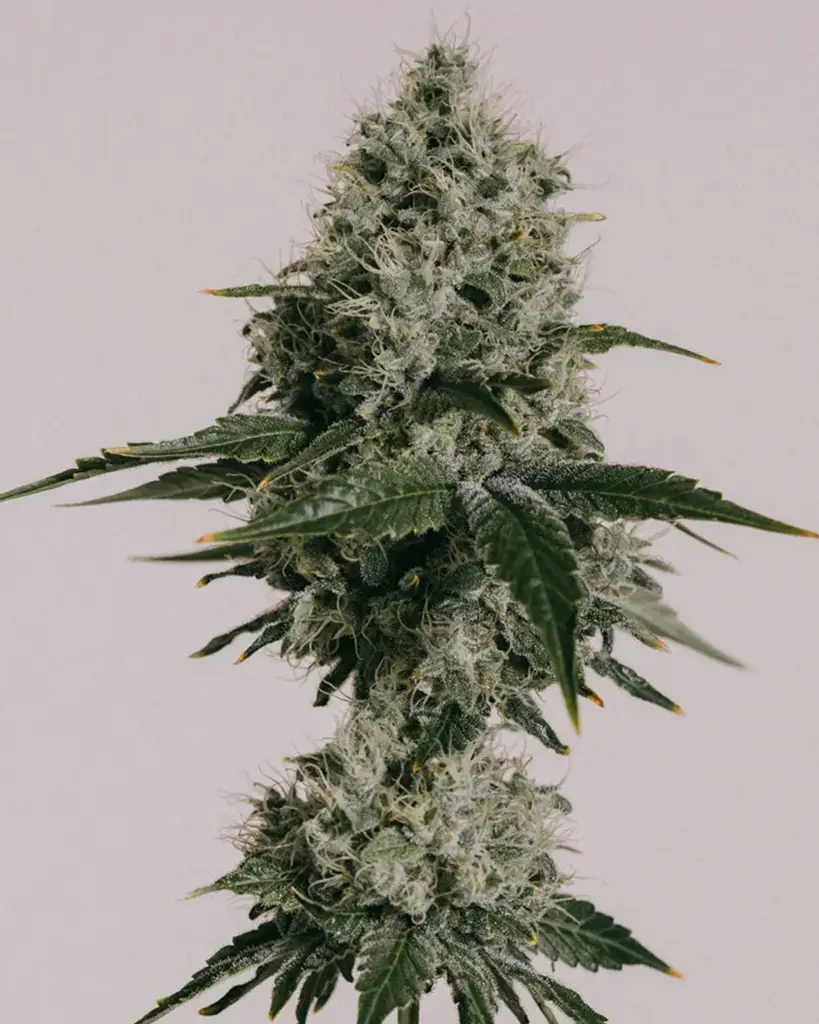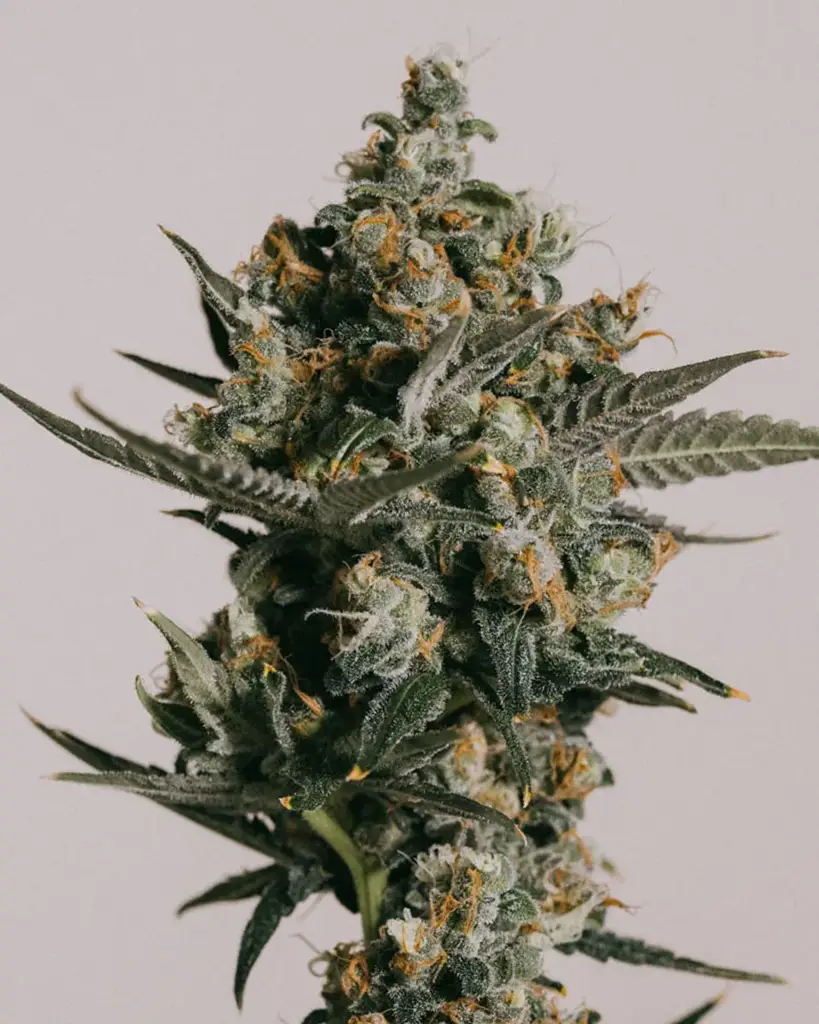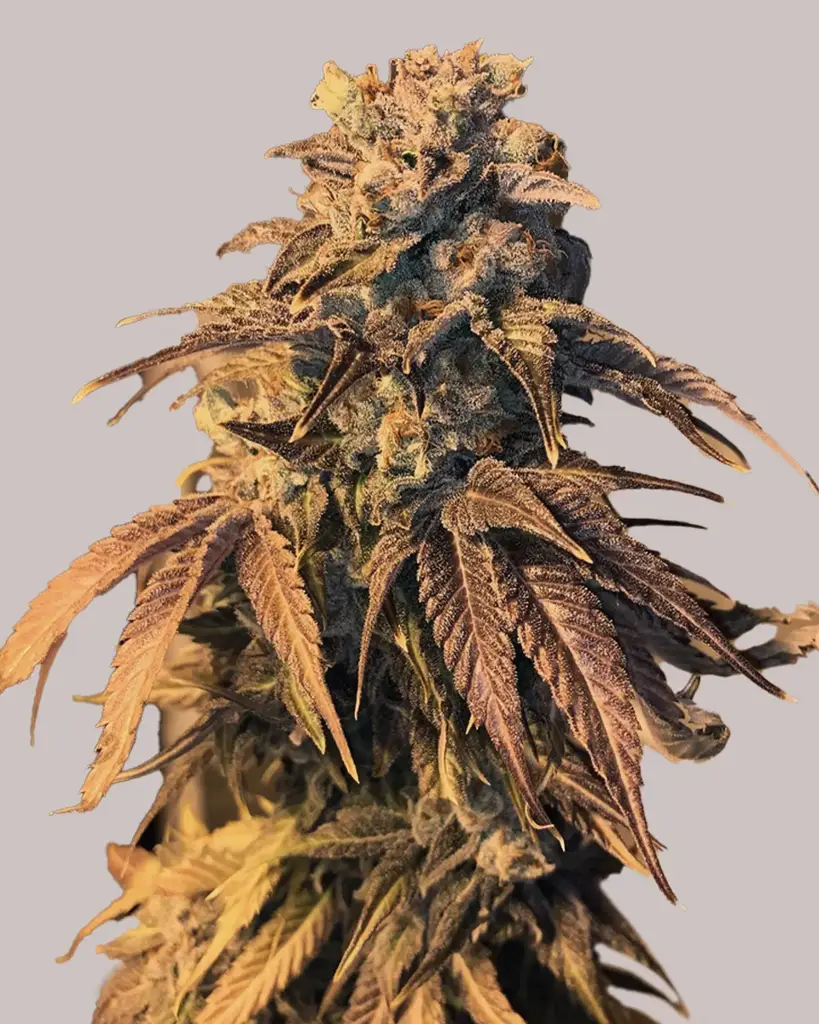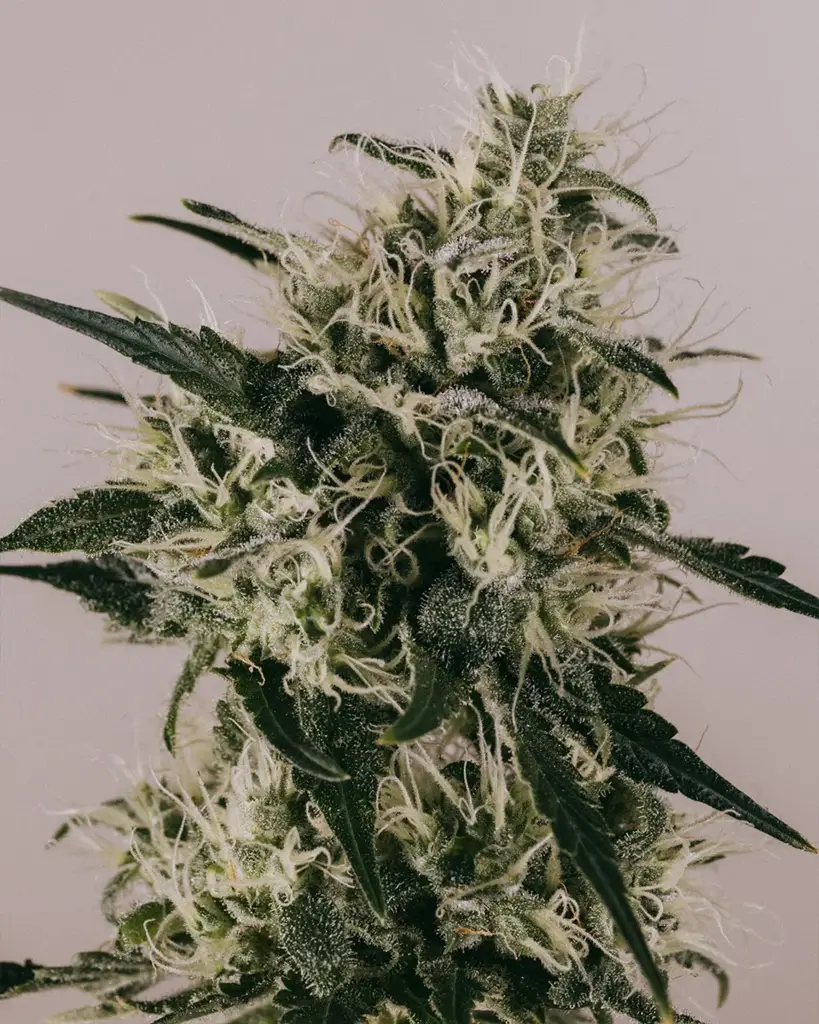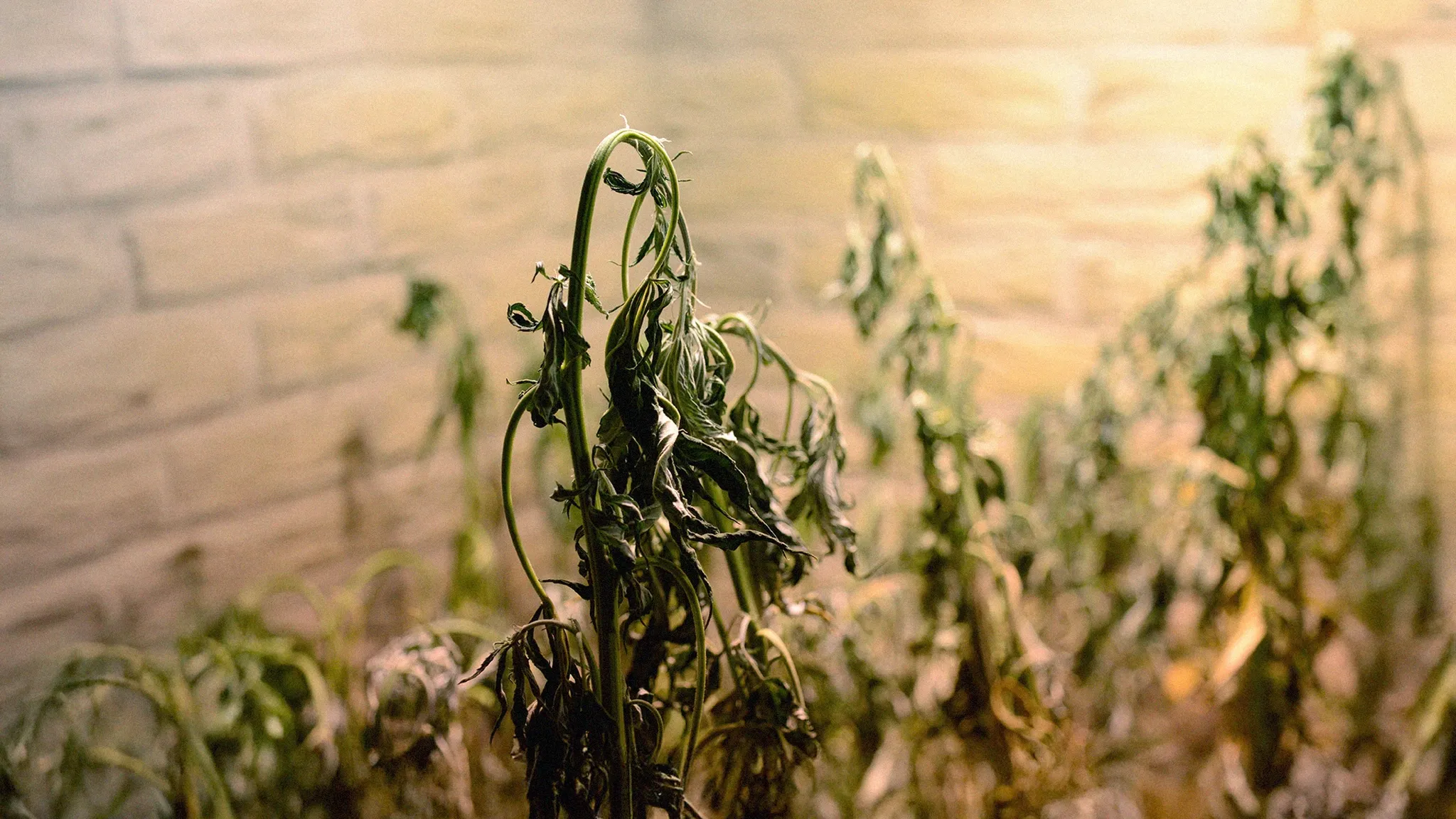
How to Grow Cannabis Outdoors: A Beginner’s Guide
Even if you’ve never grown anything before in your life, growing cannabis outdoors just sounds like something worth trying. When you’re ready to start, we’re here to help set you on the path to success – there’s no time like the present!
Table of contents
- Why Should You Grow Cannabis Outdoors?
- Growing Weed Outside: Autoflowering or Photoperiod?
- How to Grow Cannabis Outdoors: When to Start?
- When Will Your Cannabis Plants Flower Outside?
- Growing Medium and Nutrients to Grow Weed Outside
- Pots and Containers for Growing Weed Outdoors
- Pest Prevention for Growing Cannabis Outdoors
- How to Water Weed Plants Outside
- Growing Cannabis in a Greenhouse
- Maintaining Healthy Cannabis Plants Growing Outdoors
- Best Cannabis Seeds to Grow Outdoors
Why Should You Grow Cannabis Outdoors?

Personally, I think everyone who can should grow cannabis outdoors. It’s a moral obligation! In all seriousness, growing cannabis outdoor, where the plant gets to enjoy the breeze and sunshine, can be super rewarding, both in terms of experience and yield.
Growing outside comes with some challenges that make it different from indoor gardening – but the quality of full-spectrum (and free!) light and the experience of interacting with outdoor wildlife add to the taste and effect of your harvested buds. In effect, some growers report more complex aromatic profiles from sun-grown cannabis.
There’s also a strong case that growing weed outdoors is more environmentally responsible in contrast to the high power and other resource demands of controlled indoor settings. That said, outdoors growers need to be responsible too.
Growing Weed Outside: Autoflowering or Photoperiod?
I’d love to say, “Do both!” Realistically, especially if you’re new to growing, autoflowers are the simpler option for outdoor cultivators. People used to say autos weren’t likely to produce as well as photoperiod flowers. Still, modern breeders have developed excellent options for the grower who can benefit from an uncomplicated lighting schedule.
The added bonus to growing autos outside is that you can expect to harvest earlier, which is helpful if low temperatures and rain are common in the late summer/early fall where you live.
Our Bestsellers
How to Grow Cannabis Outdoors: When to Start?
For best results, start your plants indoors 6-8 weeks before you want to put them outside. Use local weather data to find out when you can expect average temperatures to stay above 65°F (18°C), and count backward from that date.
Slowly Transition Cannabis Plants Outdoors
During the last 7-14 days before your hopeful outdoor planting date, “harden off” your delicate cannabis seedlings by gradually exposing them to a little more time outside each day. Think of it like learning to swim – the plants won’t thank you for shoving them in the deep end and hoping they don’t drown.
To avoid a shocking change, introduce young plants to the world in a shady spot at first. Each day, give them a little more time and sunlight. Make sure they come inside at night, especially if temperatures are still dipping around 50°F(10°C).
Look for strong color, sturdy stems, and thicker leaves as signs they are ready to ‘take the plunge to thew great outdoors. Remember that soil holds heat differently, so stick a thermometer in your outdoor pots and check to see how cold it is in the mornings. Avoid putting your fast-growing roots into soil that’s more than 10 degrees colder than the air.
There are lots of techniques and tools to grow cannabis outdoors like using mini-greenhouses (also called ‘cloches’) for helping plants transition from the comfort and care of the nursery to life in the great outdoors.
Find The Ideal Spot for your Outdoor Cannabis Grow
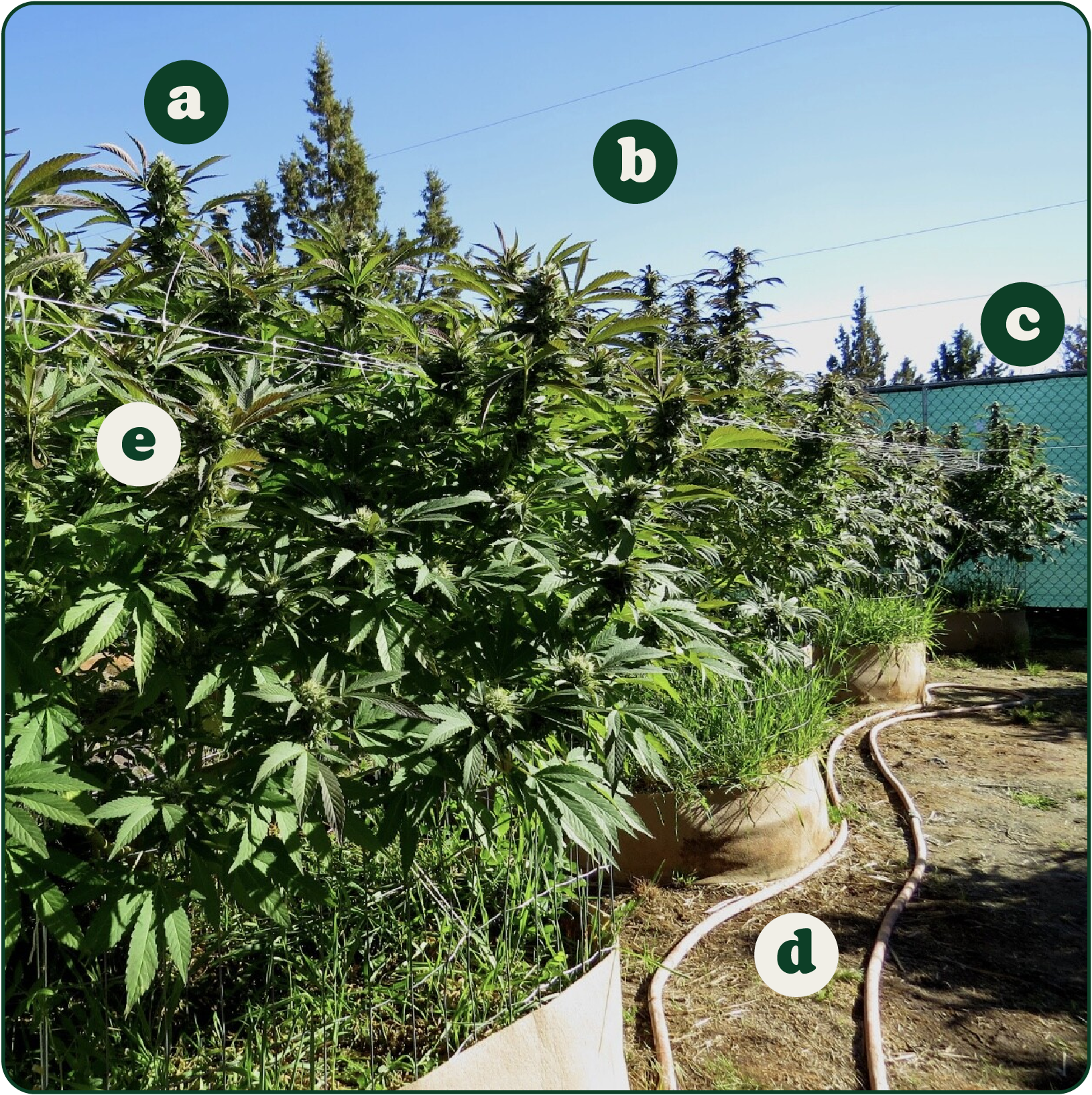
The ideal place to grow cannabis outside will:
a) Get a minimum of 6-8 hours of direct sunlight each day (the more, the better).
b) Make sure the spot doesn’t stay lit up by a bright streetlight all night to avoid confusing your plant and delaying flowering.
c) Offer shelter from high winds and privacy. Of course, if it’s a concern, protect your garden from thieves or any unwelcome nosey guests by picking a location hidden from prying eyes and where your activities can be kept low-key.
d) Have easy access to water.
e) Have a way of supporting your plants with the weight of buds, such as trellises or nets.
When Will Your Cannabis Plants Flower Outside?
Outdoor cannabis plants start flowering when daylight drops to around 12 hours, usually after the summer solstice (June 21st) in the Northern Hemisphere. This shift in light tells the photoperiod strains it’s time to flower, helping them finish before colder weather hits. Timing depends on the strain and local climate, but the change in daylight is the main trigger.
Everyone can use a little help staying organized and ready for each step before it needs to happen – we’ve got you covered with our handy outdoor grow calendar.
Growing Medium and Nutrients to Grow Weed Outside

A basic soil mix for growing outdoors should have a combination of light, air-retaining material (like peat or coco coir), good water-holding capacity (mixed with some vermiculite or perlite), and organics like well-aged compost or worm castings.
Since wild organisms are rampant outside, introduce plant-growth supporting life (beneficial microbes) for root development and immune support.
As for nutrients? If you’re able, I’ll always champion going full-on organic farmer with living soil. When it’s well-balanced, rich in everything the plant could ever want, and hosts a complex web of life working together, the plant basically feeds itself.
Another fine choice is to amend your soil mixture with time-released nutrients – as long as they are explicitly designed for cannabis. Keep an eye on how much water is regularly flowing through your substrate, so salts don’t accumulate in dry periods and excess rain doesn’t dissolve the nutrients and wash them away before they’re needed.
Many folks find they prefer a more hands-on approach, selecting a nutrient system that’s either a powder or liquid mixed into irrigation water and feeding the plants according to their size and stage of life.
Whichever you choose, remember to keep your soil slightly acidic, aiming for a pH range between about 6.0-6.5 for best nutrient use.
Outdoor Grow?
Pots and Containers for Growing Weed Outdoors
To pick the best pot for your, well, pot, remember that bigger plants need bigger root systems. In the best-case scenario, you’ll provide the maximum amount of space you can afford to give each plant when growing cannabis outdoors.
Unless you’ll be letting your plants’ taproots dig themselves into the actual earth, remember that containers need to strike a good balance between depth and width. Otherwise, you may end up battling to keep top-heavy plants from tipping over, especially if your area gets a decent amount of wind.
The Best Pot Size to Grow Weed Outdoors
For folks just starting, growing cannabis in pots outdoors is a good choice. A final pot size of 5-7 gallons (20- 25L) per plant is a reasonable amount of substrate to maintain. You can achieve good yields while keeping the height and sprawl of the plants manageable. I’ve had years when I had to pick up and move all of my plants into a temporary shelter because of oncoming hurricanes. Sometimes folks discover, partly through the season, that they didn’t locate their garden in the optimal place. It's nice to have some flexibility to move things around until you’ve learned from experience.
Prepare to Transplant
If you have decided to grow autoflowers, it’s smart to get a plant into its final container as soon as it’s just about reached the limits of its rooting block or cell in a subdivided tray.
For other cannabis seeds, it’s best to give young seedlings a smaller pot to start in: generally, a 5-inch square (about 1L) works well. This size allows you (and the plant) to concentrate on fast and healthy early root and vegetative development. After moving into a bigger home, the roots will continue to stretch out and down, branching and becoming more complex, getting ready to feed a big canopy of frosty flowers. It is recommended to transplant cannabis plants at least once and up to three times before flowering.
Plastic or Fabric Pots?

Both plastic and fabric pots have their pros and cons. We could really get deep with all the reasons to choose one over another, but the most important thing is that the root systems are well-supported and have good drainage. In the peak summer season, white or light-coloured pots with dark liners keep roots protected from light while reducing the risk of overheating.
Managing the Size of Your Outdoor Cannabis Plants

Sometimes you just don’t want the whole neighbourhood to know you are growing cannabis, so I recommend you select types that naturally want to grow bushier rather than tall and slim.
Although size is a trait heavily influenced by genetics, using a combination of topping and training on your outdoor cannabis plants can help keep the eventual ratio of flowers to stems and branches in a sweet spot.
Pest Prevention for Growing Cannabis Outdoors
Growing cannabis outdoors exposes it to a wild world of potential threats and potential allies. To favor the second, populate the growing substrate with beneficial fungi and bacteria. Flowers like marigolds are handy for attracting insects that prey on common cannabis pests, and strong herbs like rosemary, thyme, and oregano, as well as members of the onion family, release plant chemicals that deter some unwanted plant-eaters.
Keeping the growing area fairly tidy reduces complications, and it’s always best to use a schedule of natural treatments and regular inspections to catch and treat any problems early.
How to Water Weed Plants Outside
Water your outdoor cannabis in the morning to allow time for it to hydrate the roots before the heat of the day hits and evaporation undoes your work. Striking the right balance is crucial to avoid under or over-watering your weed plants. You never want to let plants sit with soggy roots, so only give them what is needed to produce a little runoff each time. If you’re feeding with water (instead of using a living soil or time-released nutrient), include a regular plain-water drench or flush into your routine, especially if rain is lacking.
Be gentle when watering your cannabis plants. First, this reduces splashing the substrate and transferring soil-borne fungi and bacteria to your plant’s aerial (above-ground) parts. It will also cut down on soil compaction, which is important for maintaining healthy roots.
Growing Cannabis in a Greenhouse

A greenhouse or high tunnel is a great setting for growing cannabis. These structures extend the season, allowing earlier plantings and later harvests. They also afford more privacy and offer protection from numerous weather conditions and potential pests.
Be sure to manage humidity and airflow with fold-up sides or other ventilation, and keep track of heat extremes in both air and soil. Manage plant size to avoid overcrowding and pushing up against the sides, as this often leads to shading and mold.
Maintaining Healthy Cannabis Plants Growing Outdoors
Sunlight, food, water, and safety are the key components in any outdoor cannabis grow. All in all, the trick to maintaining healthy cannabis plants outdoors is to find a balance between how much time and attention you can give them and how much you can set nature up to take a positive course.
Best Cannabis Seeds to Grow Outdoors
The best cannabis seeds for growing outdoors are unique to your situation. It’s a good thing there are so many high-quality options available! You’ll want to think about how long your summers and autumns are and whether your area has any specific weather-related factors to consider. Heat and dryness tolerance, mold resistance, and the size of plants you’re prepared to grow are all good ways of narrowing down the long list of options.
Growing Weed Outside: Top Tips
Keep It Simple: Focus on stable watering, a straightforward nutrient schedule, and basic pest prevention.
Stay Observant: Regularly check plants for any signs of stress or pest issues; early action is key.
Enjoy the Process: Each grow season brings new lessons and improvements.
Legal and Practical Considerations: Check local laws, plan for privacy/security.
When you start your first outdoor garden, you’re joining a long, proud history of sungrown cannabis cultivation. Have fun, and learn as you go!
Until next time, may you and your gardens keep growing, ever higher!

Xavier Kief
Xavier Kief, a fierce cannabis advocate & educator, merges science & joy in cultivation. Expert in regenerative growing, mycology & activism
Continue Reading
You might also find these interesting.


